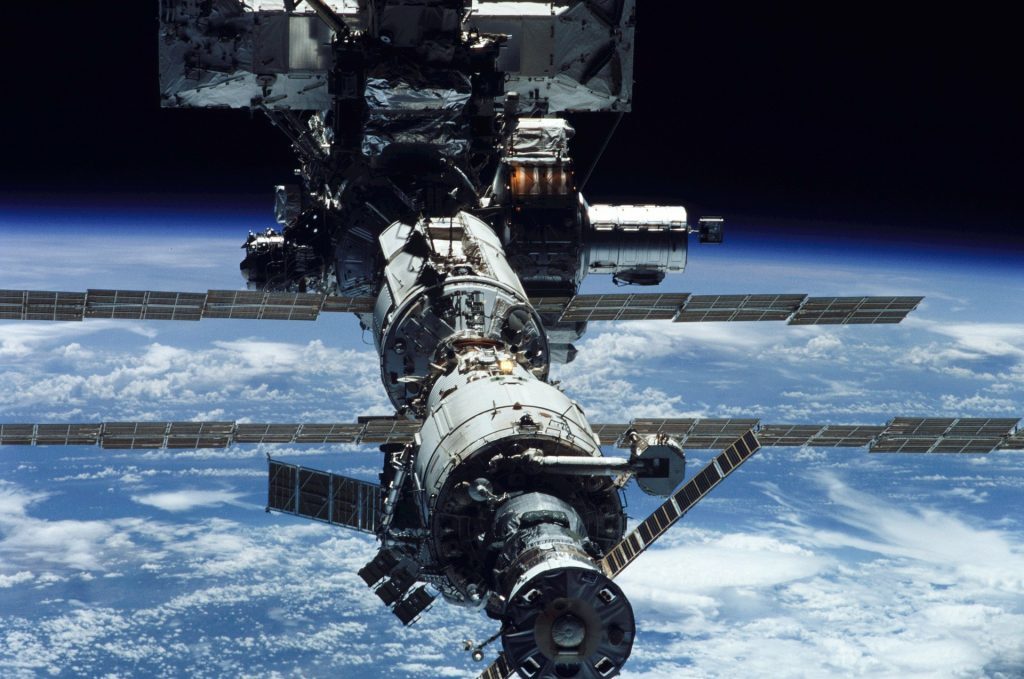It shouldn’t come as a surprise to anyone to learn that the International Space Station (ISS) is packing some pretty impressive tech. It has to in order to facilitate all the spacey super-science that occurs on board. One piece of fancy new kit on the ISS is an edge supercomputer sent up by NASA and Hewlett Packard Enterprise (HPE). That the supercomputer was created in part by a tech company with a name close to ‘Picard’ that also contains the word ‘Enterprise’ is extremely fitting.
Space edge computing… the final frontier
HPE sent up its Spaceborne Computer-2 to the ISS back in February of this year. It was specifically designed to endure the taxing environment that is the final frontier, replacing HPE and NASA’s previous iteration of the Spaceborne Computer. Spaceborne Computer-2 is an edge computer, which allows it to access and process data locally rather than relying on a cloud for processing. This is important for research up on the ISS, because space is about as on the edge as you can get.
Spaceborne Computer-2 is twice as powerful as it’s predecessor, and has AI capabilities too, speeding up research aboard the ISS. However, while it can do its computing locally, sending data back to Earth is still a mission.
According to Tech Radar, Spaceborne Computer-2 gets around 2 hours of communication with NASA a week, sending data to earth at 250 Kbps. You don’t get 6G out in space, sadly. That doesn’t give researchers a lot of room to send down masses upon masses of info. This is where Space Computer-2’s edge computing comes in handy, with a helping hand from Microsoft’s Azure Space cloud computing solution.
To test out the collaborative effect of Azure and Space Computer-2, astronauts aboard the ISS completed an experiment where they measured their health while exposed to the increased radiation of space. This data was first processed on Space Computer-2, which looked for differences between the genes of the astronauts involved compared to a DNA reference. Only the differences were sent to HPE back on Earth, which then in turn uploaded the data to Microsoft’s Azure cloud service. From there, Microsoft Genomics stacked up the gene differences to create a complete human genome.
Azure Space then successfully uploaded 120MB of data needed to complete the experiment back to the ISS and Space Computer-2. With the success of this first experiment, we’ll be sure to see more like it in the future, without the previous limitations of space-to-Earth bandwidth constraints.
Source: TechRadar
